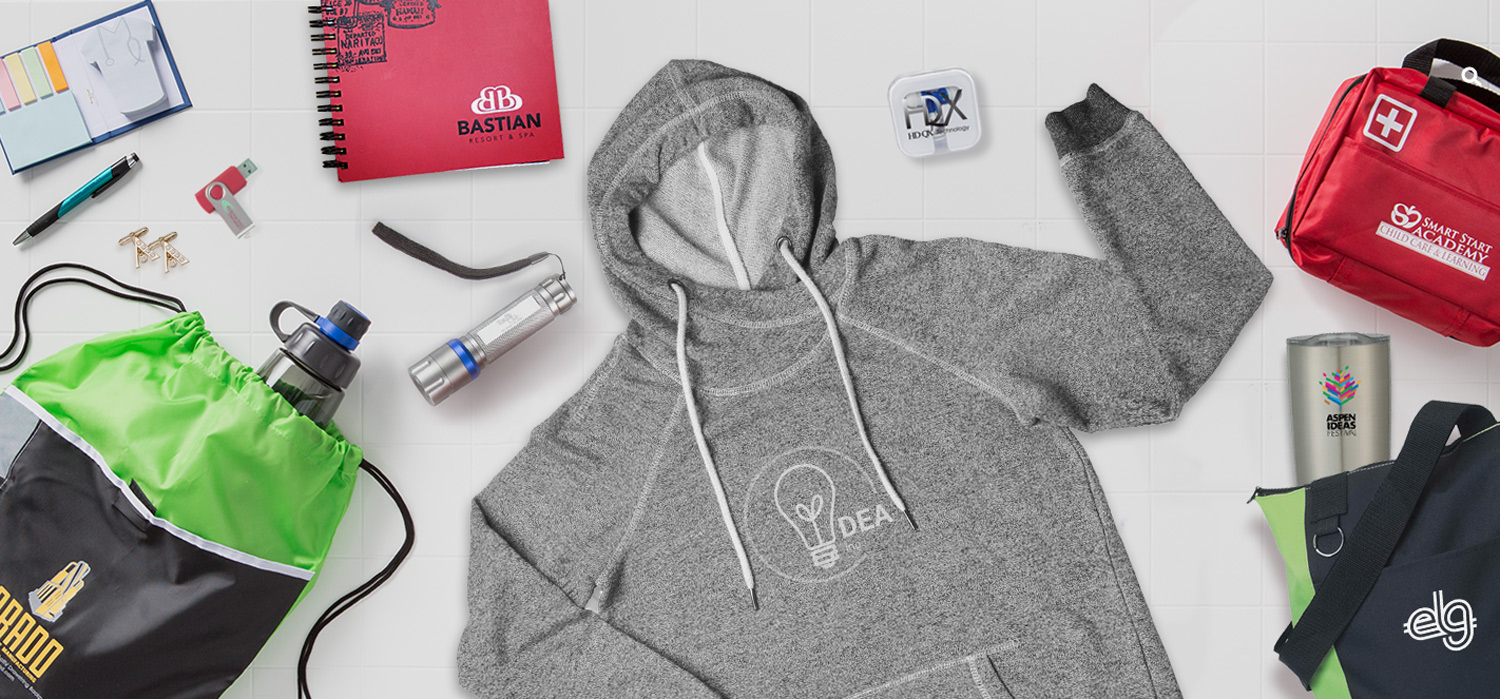June 9, 2022
What to Know Before You Start Your Next Print Project


Are you starting a new print project to market your business? You might be eager to jump right into designing, but it’s important to truly understand the project’s purpose first. By considering your audience, branding, and goals, you’ll create the most effective piece possible.
You don’t need to have every detail of your print project figured out. However, if you can clearly articulate your desired results, the piece will come together much more easily. Or, you can work with a partner like PostNet to bring your project to life!
To get started, ask yourself these seven important questions.
The number-one thing to know about your new print project is who the end user will be. Determining the target audience will help you tailor your message by using language and details that feel relevant to your customers.
Take a look at demographic data like your audience’s age. If you’re targeting Gen Z, you should use much different language and graphics styles than you would if you were targeting Baby Boomers. Location is also a big one. If your target audience lives in a one-mile radius around your business, adding the neighborhood name and referencing local landmarks will make your message more familiar.
After you identify the basics about your customers, dig a little deeper and consider what your target audience really wants. This will largely depend on the nature of your business. People hiring a nanny service are looking for reliability and trustworthiness. Customers looking for a plumber want fast service and expertise. These are things you’ll want to emphasize in your marketing message.
Also consider the types of customers you serve. For example, two companies that sell cars might target entirely different audience segments. One dealership’s customers might care more about luxury and the best quality. The other dealership’s buyers might be more interested in practicality and cost savings. Knowing which segment your customers fall into is key to crafting your message and using the right language.
Your brand should align with your customers’ interests, but there are also bound to be things that are unique to your company. What sets you apart from your competitors and helps shape your business identity?
Is your brand dedicated to health and wellness? Do your practices emphasize environmental sustainability? Are you focused on great aesthetics? Are you a proud family-owned or minority-owned business? These are just some examples of unique identifiers you can highlight in your print project.
As you wrap up your print project’s messaging, it’s important to close it with a clear call to action (CTA). This tells your audience what they should do next.
Every CTA should be specific. Tell them what they should do: Learn more about the product, sign up for a free trial, leave a review. Then, tell them how they should do it: Visit the website, make a phone call, stop into the store. Lastly, tell them when they should do it: “Call today,” “Don’t miss this limited opportunity,” “Offer expires at the end of the month.”
Specifying the “when” is a very important piece you don’t want to miss! This part of the CTA builds urgency and helps the buyer take action sooner. If you don’t specify a timeframe, the customer might forget to follow through. Giving them a reason to complete the action quickly makes it more likely that they will do it at all.
In addition to the information in your CTA, it’s a good idea to give your customers a few different ways to get in touch with you. This can promote more interactions with your brand and even direct them to your other marketing channels.
List your phone number, email address, website URL, and social media handles alongside your business’s physical address. Customers can choose one or multiple avenues to learn more in their preferred way.
One of the first true design elements you’ll need to consider is color. If you already have established brand guidelines, this decision should be easy. You’ll want to follow your brand’s color palette to maintain consistency.
If you don’t have established brand colors, now is a good time to begin outlining them! Do some research into color theory and the ways color can influence customer perception and emotion. For example, red is often associated with strong emotions like passion and anger. Yellow is often a happy or energetic color, and green often relates to calm moods and health.
You’ll also want to make sure that the colors you’ve chosen work well together. Look at a color wheel to make sure the colors don’t contrast too intensely. A PostNet designer can also help you select colors that create the tone and aesthetics you want.
With your goals more clearly defined, it’s time to consider how your message will be laid out. The method of distribution is the biggest factor in determining how your project is designed and printed.
Mailed pieces need to accommodate the customer’s address, postage, and post office imprint. This will ultimately impact where your information is placed, regardless of whether it’s a postcard or a flyer inside an envelope.
If your print project is meant to capture attention more passively — like a sidewalk sign or banner — the approach might be very different. These pieces need to be bold and eye-catching, and you’ll want to limit the number of words for better readability.
All good print projects begin with a fundamental understanding of their intent and audience. After you’ve answered these seven questions, head to your local PostNet center to start designing your next marketing piece. Our in-house experts will ensure your project is designed and printed to meet your goals.


